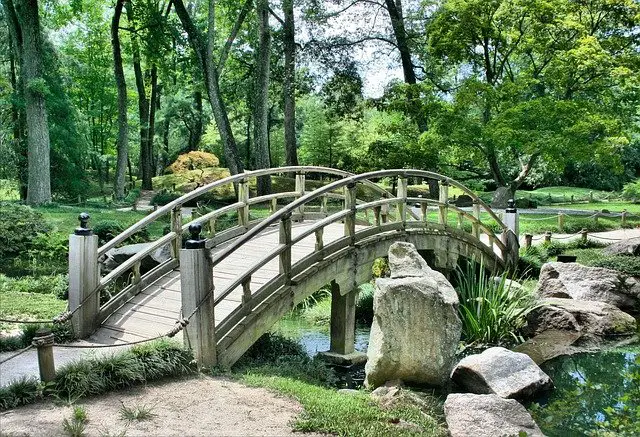If you’re wondering how, you can help the environment right from the comfort of your own garden, don’t let misconceptions put you off. Building your very own eco sanctuary right in your backyard is way easier than you think, actually. That’s largely because every bit counts, and there is no such thing as “the perfect eco garden”. Just take a look at the tips below and do what you can.
How can you turn your garden into an eco-friendly haven?

1. First off, pay attention to nuisance wildlife.
While it’s all very nice wanting to provide shelter or water to wild animals, wildlife can also cause extensive damage to your garden, and your home. They will dig up crops, trample flowers, not to mention expose you to a host of diseases that wild animals typically carry.
So, before you begin, you need to carefully consider the wild animals most prevalent in your area and hire a professional like Red Rover Rodent Removal to prevent your garden from wildlife damage.
Remember, you can make your garden wildlife friendly, if that’s what you’re aiming for, without having it all uprooted, or trampled. It’s all a matter of preparation.
2. Create a dedicated space for them.
Ideally, an eco-friendly garden (as the name suggests) is friendly to wild animals. So, you may want to set up a corner of the garden, dedicated especially to wild animals. This part of the yard may be a little overgrown and wild. You may position it near a tree, so as to provide some shade, or install a wood log pile to provide shelter.
Again, a wildlife professional will be able to advise you on the specifics, but the more carefully you plan out a space for wild animals, the safer the rest of the garden is.
3. Plant with pollinators in mind.
You’ve no doubt heard of the sharp decline in pollinator populations in recent years. This could have very serious consequences for us all, so the first step in building your eco-friendly garden may be planting a lot of flowers for pollinators. Obviously, there’s a host of plants that bees love, including foxgloves, echinacea plants, and numerous others. What you plant may depend on the type of pollinators most common in your area, as well as your own unique tastes.
Tip: avoid flowers with “double petals”. They may be visually appealing, but they are difficult to pollinate, and will put the bees off.
4. Change your watering schedule.
The way you’re watering your plants will have a deep impact on the development of your garden. And not just in terms of whether this plant will die or flourish. Many new gardeners tend to water often, using water sparsely, but that’s actually detrimental for the plant. Once firmly established, most shrubs won’t need to be watered as often.
Once a week is fine, and actually recommended, since one thorough watering session encourages the shrub’s roots to go deeper into the earth. Shallow, surface watering will result in shallow, surface roots, which will give the plants poor stability, and your garden a short lifespan.
5. Create specific homes and water sources for wildlife.
If you’d like to attract wildlife like bees or birds, you might try building your very own shelters for these critters, and installing them in trees, or on a pole in the ground. Not only will this improve the wildlife population in your eco-friendly paradise, but it will also clean up your backyard.
On top of that, you’ll want to create water sources for these wild critters, such as bird baths.
6. Let your lawn grow wild.
Beware that this may appeal to critters like snakes, rodents, raccoons, etc., so do this one at your peril. But if you’re looking to create a green paradise, it makes sense to go a little wild. Rather than keeping your grass neatly trimmed, you may want to let it grow out a little, for a more authentic feel.
7. DIY compost.
While compost may not be the most appealing aspect of gardening, it’s nevertheless a part of it. And you will be using up quite a bit of compost, if you want your garden to develop properly.
So, here’s what to do – instead of buying it pre-made, why not make your own compost, from grass and fruit and veggie peels? This will not only cut down on your bills, but it will actually give you something practical to do with all of those peels.
What’s even better, making your own compost from recycled items in your home means you know what goes into it. Which can’t be said about the compost you buy at the store, unfortunately.
There are so many things you can do to create a backyard green paradise, from planting a tree, to growing your own veggies. So, which one are you gonna do?
Also Read: